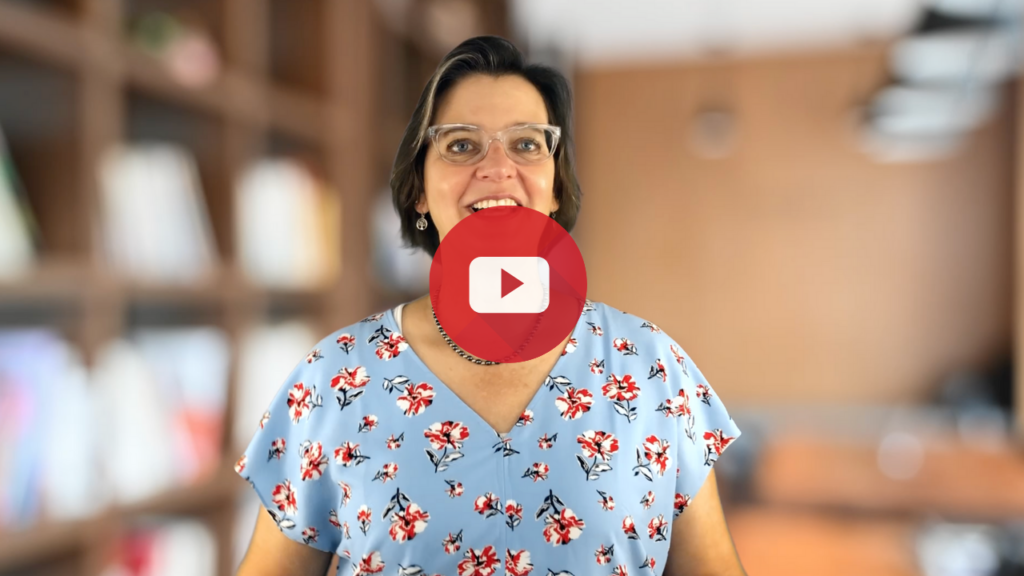Experiential Learning with Google Maps
in Blog Post
By M. Sidury Christiansen, PhD
UTSA 2021-2022 Next-Gen Provost Fellow
Associate Professor, COEHD Bicultural Bilingual STD
Academic Innovation (AI) is excited to offer the latest round of Teaching Tips lead by M. Sidury Christiansen, 2021-2022 Next-Gen Provost Fellow working on advancing the digital literacy and fluency of faculty and students at UTSA. She is an Associate Professor of Applied Linguistics in the Bicultural Bilingual Department and a Fulbright Scholar. She specializes in the research and teaching of sociolinguistics and digital literacies among bilinguals and transnational populations. Her research explores the intersection between digital literacy and language ideologies, identities, and culture. The vision for this and future Teaching Tips is to give an idea of how UTSA faculty are using technology to enhance their teaching or the students’ learning experience in their classes.
Today’s Teaching Tip comes from Catherine Nolan-Ferrell, Associate Professor in the History Department in COLFA. Catherine teaches courses in Latin American History in the 19th and 20th century.
In her classes such as HIS 2533 Latin American Civilization, Catherine utilizes various features of Google Maps in order to give students contexts of the lessons given to students in terms of culture and to help them think of the role that geography and environment plays in the ways of living people around the world have.
By using the Street View and Terrain View, students are able to have a first experience with a community in ways traditional textbooks or articles cannot offer. Students have more agency as to how they explore these settings and are not limited to a photograph chosen by the textbook author. The map and terrain view can be done in a synchronous lecture, while the exploration of street view can keep students engaged through an asynchronous lecture or even after the regular lecture reinforcing the important concepts and ideas, and analyzing and reflecting on students’ own experiences.
The different features of Google Maps offer multiple opportunities to help students understand the material, process information, and accommodate various learning styles.
Tags: Active Learning, asynchronous lectures, Catherine Nolan-Ferrell, Google Maps, synchronous lectures


